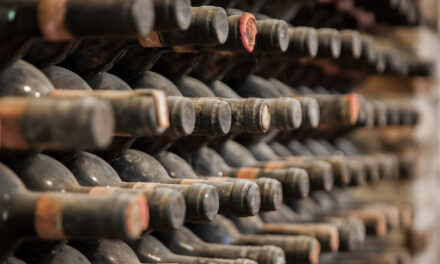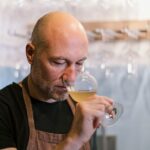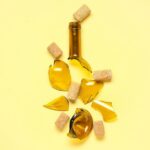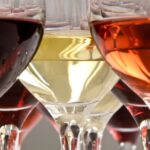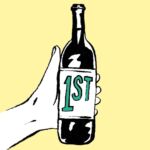Digital nose? What’s this?
I was thumbing through my news feed the other day and came across this Bloomberg article that grabbed my attention. Digital nose? What’s this? Now, bear with me as I geek out for a second. With all the talk about robots putting Americans out of work, this Digital Nose definitely got my attention. With robots and AI to replace an estimated 20 million jobs over the next decade by some reports, will buying wine be next?
As a wine buyer, can the digital nose really do what I do? Many people don’t realize just how much a taster relies on their sense of smell to properly assess a wines quality and potential faults. I often get funny looks and side-eyed stares when I spend so much time with my eyes closed and my nose in a glass of wine before I taste. But for me, it is the only way. I always laugh to myself when my wife bypasses smelling a wine altogether and goes straight to tasting, even though I realize this is how the vast majority of people experience wine.

When you take a moment to consider the average person has just 6 taste receptors (sweet, salty, bitter, sour, fat and umami) in their mouth, yet can smell upwards of 50,000 unique aromas, it is no wonder this is where the magic happens. In fact, the aromas you experience when smelling a wine can actually change the way that a wine tastes. Allergies and colds make it nearly impossible to assess a wine properly, in fact, “if one’s sense of smell is not functional, then the sense of taste will also not function because of the relationship of the receptors.” –Lumens Learning
“If one’s sense of smell is not functional, then the sense of taste will also not function because of the relationship of the receptors”
-Lumens Learning
Additionally, I always like to smell a wine a second and third time after I’ve tasted a wine as the esters continue to volatilize (with additional swirling) and give off new aromas, but what is more interesting is the way in which your tastes and smells interact and effect perception. Now how is a digital nose supposed to be able to do that? Try me, robot!

The digitization of smell has long been thought to be unsolvable, but in the last 15 years, huge headways have been made and now several companies are rushing to market. Now it seems, digital noses are showing up everywhere, being installed in airports across the globe to detect drugs and bombs and employed for medical purposes to detect disease (even COVID-19). A digital nose can monitor air quality and pollutants and detect harmful cases and chemical compounds. But can a digital nose be employed to assess your wines? The short answer is yes. A digital nose combined with laboratory tests could easily assess a wine for faults and could potentially let someone know if a wine is “good”, but it’s the “je ne sais quoi” that a computer will never grasp. Just because a wine is free of faults and the “numbers” look good (anthocyanin levels, acidity, ph, dry extract, tannin etc.) that doesn’t make a good wine good.
Just as the best winemakers make picking calls based on taste rather than numbers, the same is true for assessing finished wine. There are plenty of wines that we assess on a daily basis that look great on paper, but when it comes to tasting, it just doesn’t deliver. We taste everything we sell (okay, we didn’t taste the 2001 Domaine Leroy Corton-Renardes Grand Cru) but that is the single most important factor for us, we have to like a wine in order to sell it…period. The digital nose can never account for the most important piece of the puzzle, the human experience. How does the wine make you feel? When push comes to shove, “good on paper” does not always mean good, and wine is about people and relationships and stories and art and fun. I’m honored every day to get to enjoy this magical beverage with friends and family over meals and conversation, that is what is all about.




